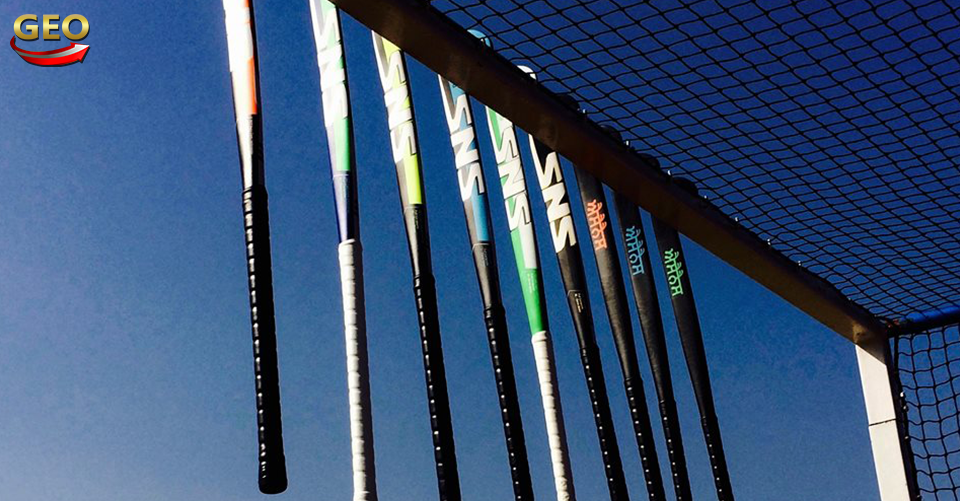
Hockey stick and possible additions may be made of or contain any material other than metal or metallic components, provided it is fit for the purpose of playing hockey and is not hazardous. The application of tapes and resins is permitted provided that the stick surface remains smooth and that it conforms to the stick specifications. The total weight of the stick must not exceed 737 grams.
Hockey stick has a traditional shape and comprises of two identifiable parts, the handle and the head. The entire stick must be smooth and must not have any rough or sharp parts. The handle and head must be of one smooth continuous cross-section. The head must be a ‘J’ or ‘U’ shape the upturned or open end of which is limited by the line. The head must be flat on the left hand side only (the side which is to the player’s left when the stick is held with the open end of the head pointing directly away from the player’s front. The flat playing side of the head of the stick and any continuation of it along the handle must be smooth and in a single plane with any convex or concave deviation across that plane being no more than 4 mm in any direction.Deviation across the playing side of the head of the stick is tested by placing a straight edge across this side at any point along the head and using a standard pointed depth gauge. The depth of concave curvature below the straight edge must not exceed 4 mm. The sum of depths below the straight edge at the edges of the stick must not exceed 8 mm.
The shape and dimensions of the stick are tested using a flat surface. The stick is laid playing side onwards on the surface. Any curvature along the length of the Hockey Stick (the rake or bow) must have a continuous smooth profile along the whole length, must occur along the face side or the back of the stick but not both and is limited to a depth of 25 mm. A way of testing the rake or bow is to use a pointed wedge the point of which is 25 mm from the flat base or using a round cylinder with a diameter of 25 mm. The stick is laid playing side downwards on a flat surface in its natural resting position. The wedge is placed with its base on the surface or the cylinder is laid lengthwise on the surface. The wedge or the cylinder must not pass completely under the stick at any place along its length.Players must be aware that manufacturers may refuse to replace sticks which have been broken or damaged as a consequence of using the edge of the stick to hit the ball because many sticks have not been made for use in this way.
The FIH reserves the right to prohibit any stick which, in the opinion of the Hockey Rules Board, is unsafe or likely to have a detrimental impact on playing the game.
